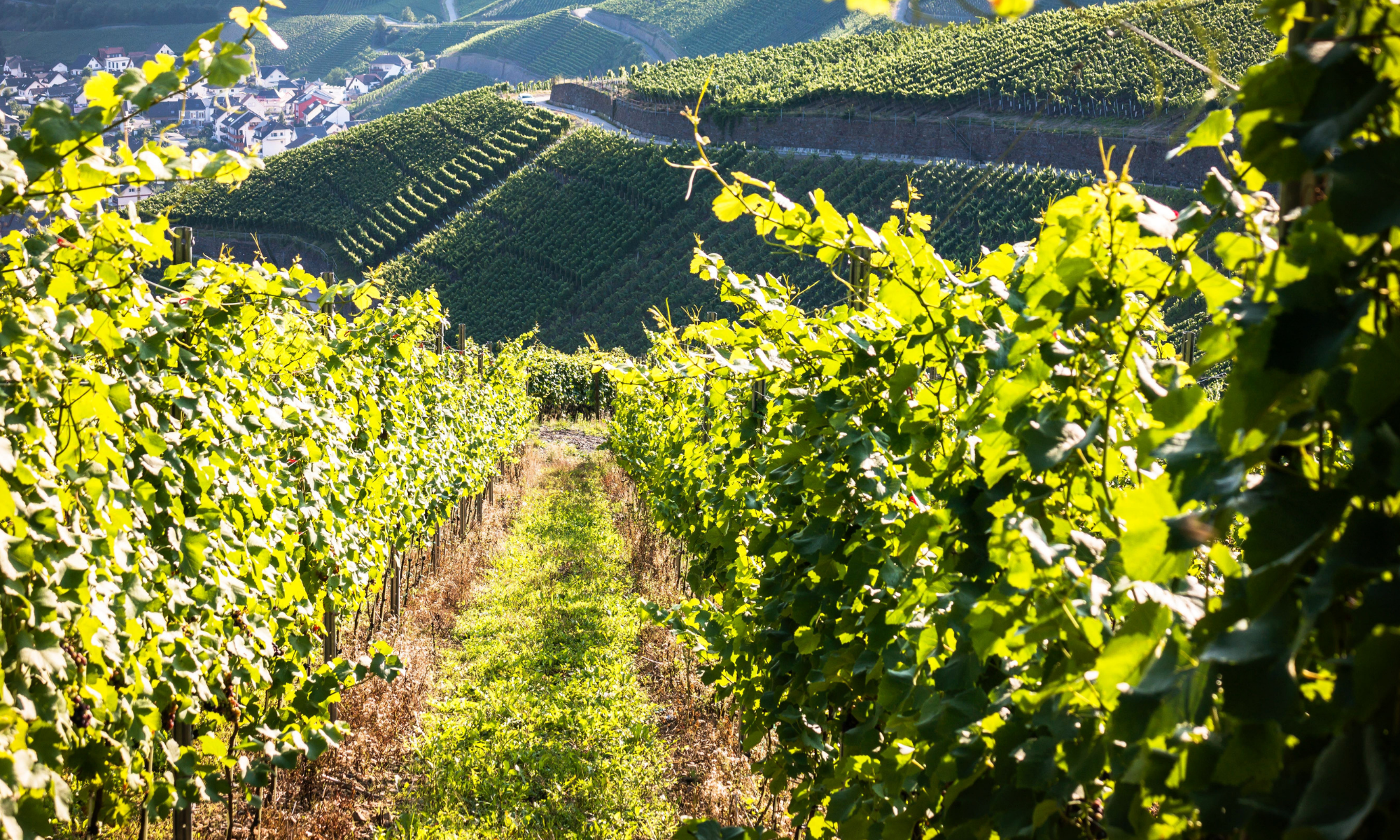
Something Rotten, A Fresh Look at Roadkill, by Heather L. Montgomery; illus. by Kevin O’Malley
176 pages; ages 9-11. Bloomsbury Children’s Books, 2018
It’s Halloween – a perfect time to read about what scientists are learning from roadkill. Author, Heather Montgomery warns that her book is not for squeamish souls; this book is full of parasites, intestines, and bloody bodies. It’s not for reckless readers either, because it’s filled with things you shouldn’t do unless (and until) you are an “authorized, bona fide, certified expert.” And it’s definitely not for the tenderhearted because it’s full of death and tragedy.
But it is one of the most entertaining – and informative – books about roadkill that I’ve read.
Every book has a starting point. For Heather it was a squashed snake. With tire tracks. A rattlesnake. She started asking questions that led her to David Laurencio, the archivist of the DOR (Dead on Road) collection at the Auburn University Museum of Natural History. Every specimen bears a toe tag with an identification number that references a file. A file filled with notes about where the animal was found, when, how it was killed, its gender, and DNA information.
Turns out, scientists can learn a lot from dead animals. By mapping where animals are killed, they get a better idea of where the animals live. Are they migrating as climate change affects their traditional range? Analysis of stomach contents reveals what the animals are eating. This is important information for conservation scientists.
Throughout her book, Heather introduces us to many scientists – a snake scientist, a scientist studying genetics of coyotes and wolves, a roadkill ecologist – as well as people who salvage roadkill for the meat. Some folks use roadkill to feed animals, others grind it up for burger and slap it on the grill.
What I like most about this book: that there are things we can do to decrease death-by-car. As Heather notes: if we can wage huge campaigns to save sea animals from plastic straws, we can take positive action to reduce animal deaths on our highways. One thing everyone can do – starting now – stop throwing food out your window. It’s like baiting the road.
Things I love about this book: Footnotes! At the bottom of most pages are extra notes that, in other books, would have been text boxes and sidebars. This is fun. Back Matter! There are lists of books, videos, other resources. There are directions for how to do your own bugsplat windshield bug count. There is a list of citizen science projects, like this one.

It’s STEM Friday! (STEM is Science, Technology, Engineering, and Mathematics)
Copyright © 2018 Sue Heavenrich All Rights Reserved.

